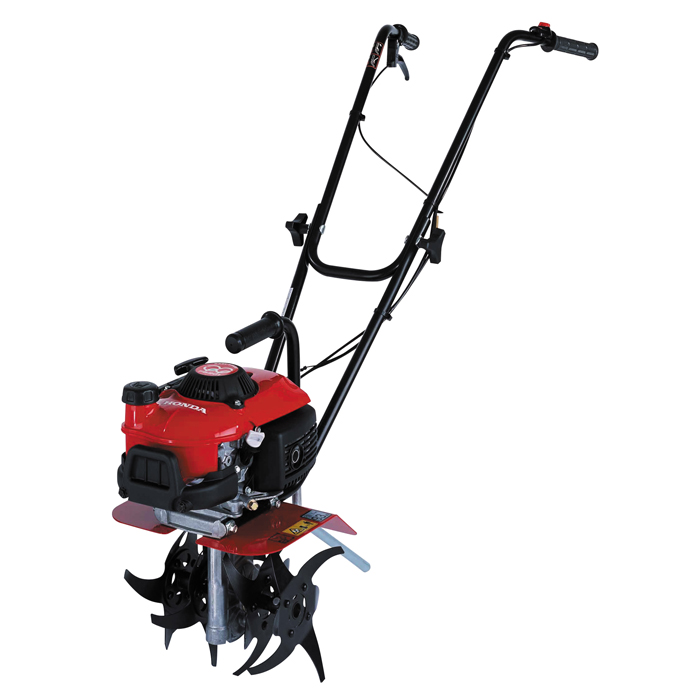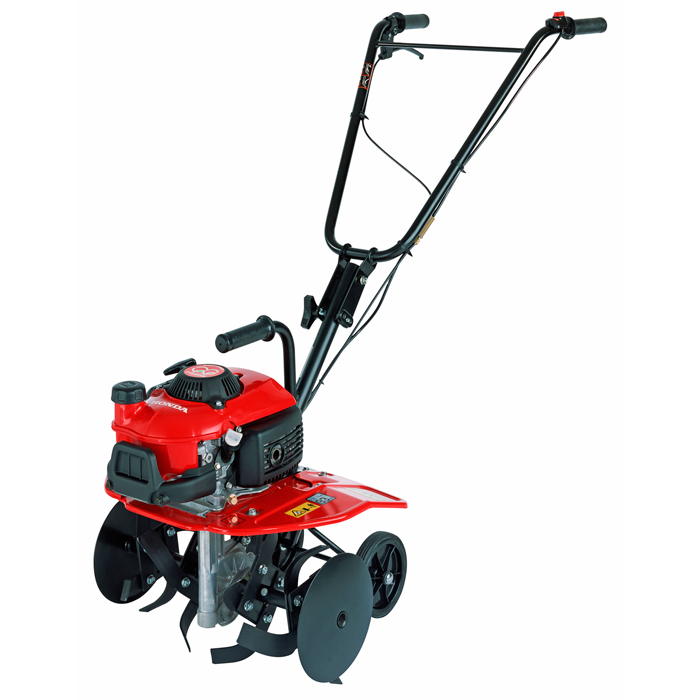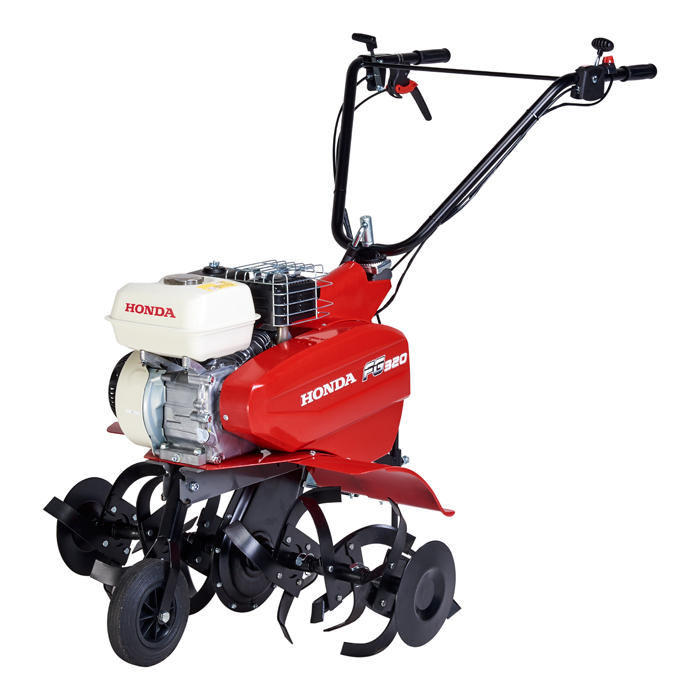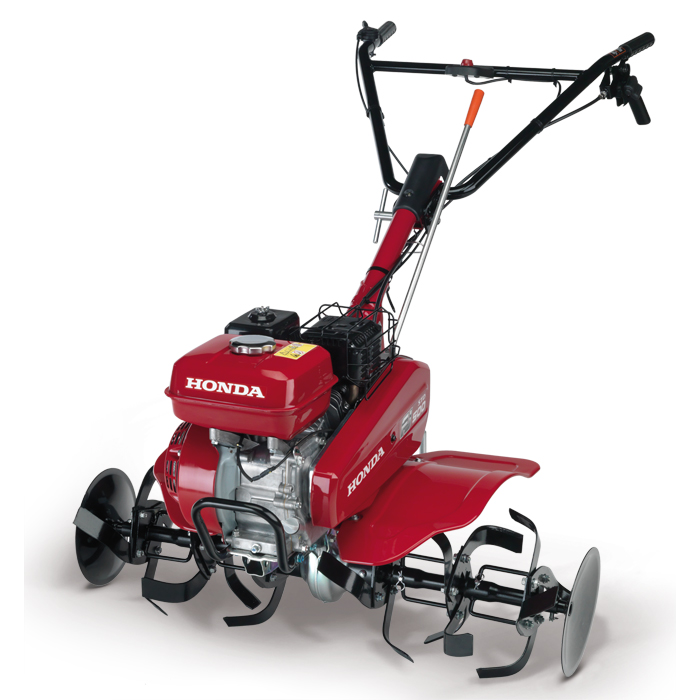The Power of Rotavators: An Essential Tool
What is a Rotavator?
Rotavators are essential gardening tools that play a crucial role in soil aeration and preparation. They are designed to break up compacted earth and make it easier to plant and cultivate various crops. It works by rotating cutting blades which churn and loosen the earth, making it more receptive to moisture and nutrients. This machine is particularly valued by gardeners for its ability to prepare the garden bed effectively before planting. By disrupting the compacted layers, rotavators create an ideal environment for healthy root development.

Many gardening experts note that a well-aerated soil improves the efficiency of fertilisers and compost when they are incorporated into the soil. This essential function transforms dense and hard-packed soil into a loose and manageable medium for gardening.
Types of Rotavators
Small, handheld rotavators are perfect for gardeners with modest garden plots or allotments. These models are lightweight, easy to manoeuvre, and designed to handle smaller tasks with efficiency. They are for detailed work in flower beds and vegetable plots where precision is necessary. Gardeners appreciate these compact models for their ability to provide excellent results without the need for significant physical effort.
Larger, more robust models of rotavators are built for extensive areas and professional use. These machines come equipped with more powerful engines and advanced features that cater to commercial and large-scale gardening needs. They can tackle even the toughest soil conditions and are ideal for preparing large lawn areas and commercial grounds. Their enhanced performance and durability make them a valuable investment for those who require consistent, high-quality soil preparation.
Benefits for Gardeners
Rotavators offer significant benefits by improving the overall structure of the soil. They facilitate the incorporation of fertilisers or compost into the ground. By breaking up the soil, these machines help to remove stubborn weeds and create a more balanced substrate for plant roots. Gardeners using rotavators often observe a noticeable improvement in plant health and growth as a result of enhanced soil aeration and nutrient distribution.
How to Use a Rotavator
Operating a rotavator begins with familiarising yourself with its controls and safety features. It is important to read the manufacturers instructions carefully to ensure safe and proper use. Before starting, inspect the machine for any visible defects and make sure the appropriate personal protective equipment is worn/used. This careful preparation ensures that the rotavator is used in a safe and efficient manner, minimising the risk of accidents.
For optimal performance, it is advisable to work in sections, gradually covering the entire garden area. Start by adjusting the depth settings according to the soil condition and desired outcome. When dealing with tougher soil, a shallow pass may be more effective before attempting deeper tilling.

Maintenance and Care
Regular maintenance of your rotavator is essential to keep it running at peak efficiency. After each use, clean the machine thoroughly to remove any soil, plant debris, and residue that could cause wear on the blades. Routine checks on the engine, blades, and other components help in identifying minor issues before they escalate. By following these simple cleaning and inspection practices, gardeners can extend the life of their rotavator significantly.
Proper storage of the rotavator also plays a key role in preserving its functionality. It is recommended to store the machine in a dry, sheltered area to protect it from the elements and moisture. Should the rotavator require more advanced servicing, it is wise to consult a professional technician to ensure all repairs meet the manufacturers standards. This level of care ensures the rotavator remains a reliable and long-lasting investment in your gardens productivity.
For more tips including the benefits of scarifying, please click HERE
Check out our picks for the essential garden tools you need HERE



